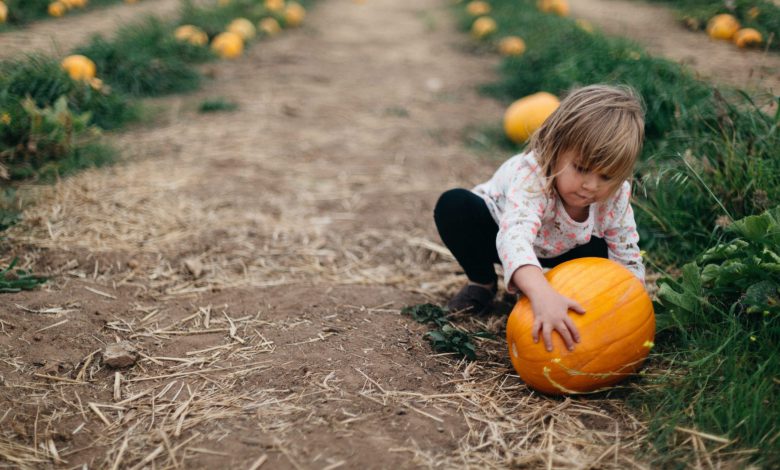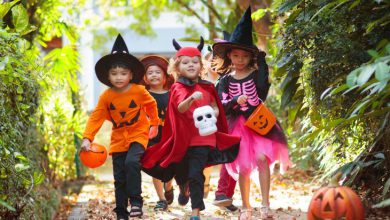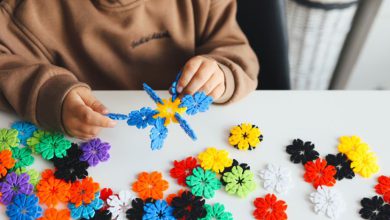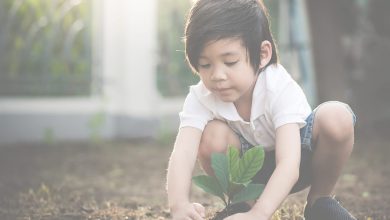Fall Means Fun Science Activities for Preschoolers!

Fall Means Fun Science Activities for Preschoolers!
Leaves are changing color and pumpkin spice is back on the menu. Time for fall!
It’s also a great season for introducing young kids to many fun science activities that also inspire your child’s imagination. Here are just a few great ideas, using easy-to-find ingredients and a big dose of creativity!
Apple Experiment
This activity lets kids observe how apples react when placed in different liquids.
Here’s what you’ll need:
- A few apples to cut into small pieces
- Cups to hold the different liquids
- Lemon juice
- Vinegar
- Water
- Tonic water
- Soda
- Control cup with no liquid
Place a few apple slices in each cup, and label the containers with the appropriate liquid. After a few hours, have your child check the containers and write down any observations. Talk about why some of the slices turned brown while others did not.
This activity develops counting, writing and vocabulary skills, and introduces the scientific method.
Identifying Leaves and Seeds
Set up four plastic containers or shoe boxes to hold different categories of specimens. Provide your child with a bucket and go exploring together.
Look for each of the following:
- Evergreen needles
- Leaves
- Seed pods
- Pinecones
When you return with your collection, have your child sort the specimens: place all the pine needles in one container, all the leaves in another and so on.
Talk about how leaves and pine needles are alike and how they are different. For example, they both collect the sun’s energy and turn it into food for the tree. However, some trees shed their leaves once a year so they can grow new ones, while evergreen trees keep their needles all year round. Do the same for the seed pods: they both contain seeds that will grow into new trees.
This activity lets your child practice the important math and science skills of sorting and classifying different objects.
Watch the Weather with Pine Cones
Go for a walk with your child and collect some pine cones in a bucket.
Place them on a window sill, outdoor table or other convenient location outside. Secure the pine cones with adhesive tack, clay, or string to keep them from blowing away.
Have your child observe the cones each day and note whether they are open or closed.
- When the air is dry, the cones tend to open up. This tells us that rain is unlikely.
- When it gets humid, the cones close. This means we may be getting some rain!
Talk with your child about why this happens. The pine cone contains lots of seeds for growing new trees. Dry air helps the seeds get dispersed farther away, which is why the cones open. When it rains, the seeds fall close to the parent tree where they may not get enough nourishment from the soil. So the cones close back up to protect the seeds.
This activity teaches children to notice weather patterns and how the weather affects living things.
Make a Pumpkin Lava Lamp
This project is a fun and colorful way to learn how different substances react to each other.
Gather the following materials:
- Clear bottle or jar
- Bottle of vegetable oil
- Orange food coloring
- Glitter
- Water
- Seltzer tablet
- Black pen, pipe cleaners to decorate the outside of the bottle or jar
Next, follow these steps:
- Draw a jack-o-lantern face on the container
- Fill the container about ¼ full with water
- Add orange food coloring
- Fill near the top with vegetable oil
- Drop-in an Alka Seltzer tablet
Ask your child why the oil sits on top and doesn’t mix with the water. Talk about why the seltzer tablet fizzes — it releases bubbles of carbon dioxide gas.
Learning from Rotting Pumpkins
Before you ditch that old pumpkin after Halloween, use it for a fun and icky learning experience!
- Place the pumpkin on a tray in an outdoor location where you don’t mind letting it rot — such as in the back yard away from the front door!
- Have your child record observations each day as it changes.
- How does it change size, shape and texture?
- Why does the pumpkin start off firm and then turn soft?
- Why do we see mold forming?
- Why do we see creepy crawlies like spiders and insects eating it?
These are just a few ways to incorporate playtime and science at home.
If you’d like to learn about science activities at Little Sunshine’s Playhouse & Preschool®, contact a location near you today!
Additional blog posts:
Meet the Creepy Crawlies [Infographic]
Dinosaur Activities for Preschoolers Offer Prehistoric Fun!
Science Activities for Preschoolers Develop Multiple Skills at Little Sunshine’s Playhouse®





